Contents
Parsley is one of the most beloved and common herbs that we use in cooking. Its smell accompanies vegetable salads, meat, fish dishes, so parsley is harvested for the winter in different ways by everyone who grows it. Greens and roots can not only remind us of summer with their taste and aroma all winter, but also strengthen our health with essential oils, trace elements, vitamins, if they are properly stored.
How to prepare parsley
In summer cottages, two types of parsley are usually grown – leaf and root. Greens begin to be harvested from mid-summer, 3 months after sowing. This is the time to start preparing for the winter. The roots are picked from the ground in the fall before the onset of frost, along with carrots. I must say that the roots of all types and varieties are edible, but in leaf parsley they are thin, hard. They are sometimes used as seasonings, but only the roots of special root varieties are stored.
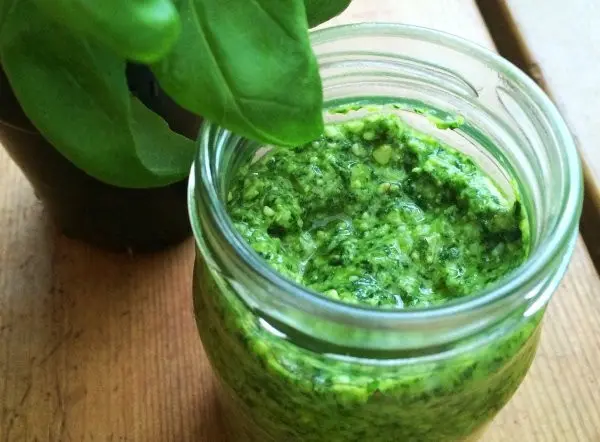
The greens are completely cut off, the roots are slightly undermined, taken out of the ground, sorted. They store the roots in basements, placing them in boxes of sand. Before that, they are sorted, sorted, dried under a canopy or in ventilated rooms. Whole undamaged specimens are selected for storage. Those that did not pass the selection can be cleaned, cut, dried and placed in glass jars. If the weather does not allow the pieces to dry completely on the street (when drying only on the street, they will simply be dried), you can dry them using the oven, most importantly, do not allow the temperature to rise above 70 degrees, and open the oven slightly to ensure air movement. In 5 – 6 hours, finely chopped roots can be completely dried using the oven.
It will not be possible to keep parsley fresh for a long time, so it is salted, pickled, dried or frozen. To pickle greens, take 1 g of salt per 150 kg. Parsley should be washed, dried, cut with a sharp knife, mixed with salt, put into jars, tamped. More salt is poured onto the bottom of the jar and on top of the greens, the jar is covered with parchment paper, tied tightly around the neck, and stored in a cool room. This method of harvesting allows you to save all the useful properties of greenery.
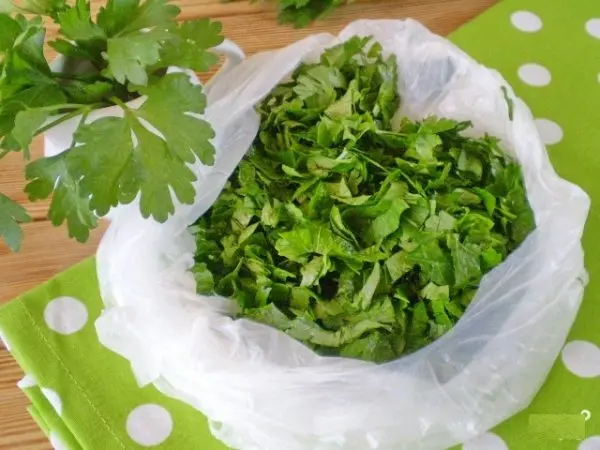
And you can do it differently: keep the parsley in brine. To do this, the chopped greens need to be laid out in jars, poured with hot (70 – 80 degrees) brine, kept at room temperature for several days, removing the resulting foam, then closed with lids, put in the cold. For brine for 1 liter of water, take 30 g of salt. You can do everything in one go, then the prepared greens with brine just need to be sterilized and rolled up with lids. In this way, spicy seasoning is often prepared by adding other spicy herbs and garlic to parsley. You can pour the grass with marinade from water (1 l), salt (50 g), sugar (50 g), vinegar (200 g).
Storing parsley in oil also perfectly preserves its qualities for 3-4 months. It is necessary to pour the prepared chopped greens in a jar with hot vegetable oil and close the lid. This method of harvesting allows you to save not only the taste and smell, but also the appearance of fresh herbs, so it is good to add it to salads.
Video “How to pickle parsley”
Detailed video instruction on how to pickle greens.
Freezing
The easiest way is to freeze parsley in small bunches, wrapping them in cling film or putting them in bags. To do this, you need to sort out the greens, leaving only fresh, intact, not yellowed branches for storage. Rough petioles need to be cut off. In order not to cut frozen greens later in winter, you can grind it first. They do it differently.
Some people like to use only the leaves in winter, and the stems can be used separately for cooking broths. In this case, the leaves are cut off, folded into bags and frozen separately from exactly the same folded branches. And someone simply cuts the entire branch (bundle) finely and puts it in the freezer for storage in a bag.
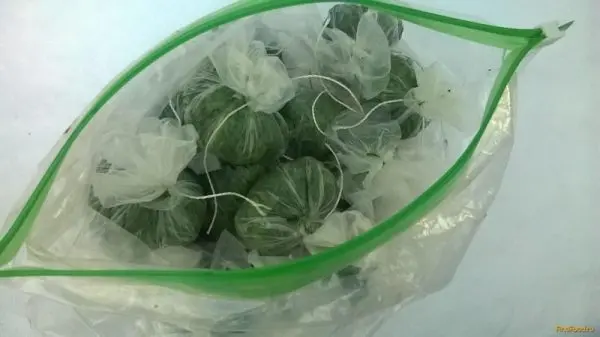
Roots can also be stored frozen. To do this, they need to be washed, peeled, cut, put into bags, then placed in the freezer.
You can make portioned blanks. To do this, parsley is washed, dried, cut and laid out in ice molds. Then some water is added to them and frozen. It turns out portioned cubes that can be used to prepare different dishes. Instead of water, you can add vegetable oil, it will also freeze, but the beneficial substances are better preserved in oil. And if you don’t cut the greens, but chop them with a blender, then you don’t even need water, because you get a juicy slurry that will freeze perfectly without water.
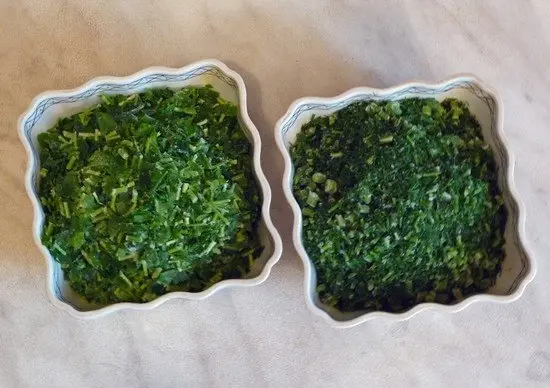
Drying
Harvesting dried herbs for the winter is a common thing for a summer resident. They are engaged whenever unused greens remain. It is cut, laid out on pallets or clean paper, dried on a shaded veranda or simply on a closet.
It is best to dry large volumes of parsley, like any other herb, with a dehydrator, that is, an electric dryer. Prepared greens (washed and chopped) should be laid out on pallets, set the temperature to 40 – 50 degrees – and after 5 hours you will get evenly dried material, ready for long-term storage. Those who do not have such a handy dryer can use the oven. You just need to make sure that the temperature does not rise above 50 degrees, keep the door ajar, periodically mix the parsley. It should be noted that dried parsley slightly changes its taste and smell, unlike frozen or canned.

Storage Rules
Store fresh parsley at room temperature without loss for no more than 1 week. You can put it in water like a bouquet, but still after 6-8 days it will turn yellow and fade. The refrigerator will do this better if you wrap the greens in paper, or use a vacuum container. But more than 1 month is hardly worth keeping greens even in a special compartment of the refrigerator. If the washed greens are dried very well, put in a container and poured with vegetable oil, then it will not lose its qualities and appearance for 2 to 3 months. Like it or not, you still have to choose a method of harvesting greenery for a long time.
Salted and frozen greens can be used for up to 6 months without loss of quality. The longest time you can store and use dried parsley is 1 year. Properly dried parsley (greens and roots) can be put in jars, special containers, linen bags and stored in a dark, dry place. It will be slightly different from fresh in its taste and smell, but it will retain all its useful qualities, provided that the drying temperature does not exceed 50 degrees. This is perhaps the most traditional way of harvesting.
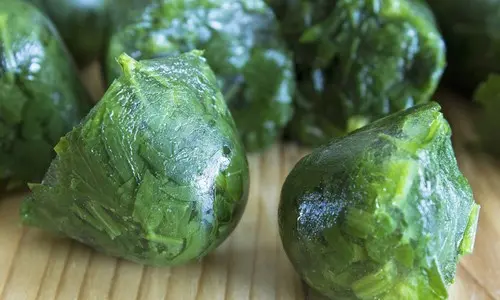
Video “The easiest way to freeze”
Demonstration video on the simplest method of freezing.










